The Magical Mojave Wetlands: Palisades Ranch Ecological Reserve
Call them wetlands, marshes, bogs, swamps, mudflats or mires – lands supporting surface water and vegetation all provide vital ecosystem services to local communities, as well as places to celebrate nature and our nation’s wildlife. Found in all 50 states, wetlands recharge groundwater, filter excess nutrients, toxins and provide invaluable habitat. They even protect our homes from floods. Most of our nation’s waterfowl and migratory birds call wetlands home or rely on them during their travels. Over half of all wildlife species protected under the Endangered Species Act rely on wetlands for their very survival.
In the California desert, the few wetlands that exist with their supporting streams and streamside woodlands, are the lifeblood that enables wild critters to survive. These vibrant oases are represented nowhere better than the Palisades Ranch Ecological Reserve on the Mojave River – one of only four locations where year-round surface water exists on this largely underground river. The reserve’s wetlands, woodlands and arroyos support more than 39 listed wildlife species in the heart of the western Mojave Desert.

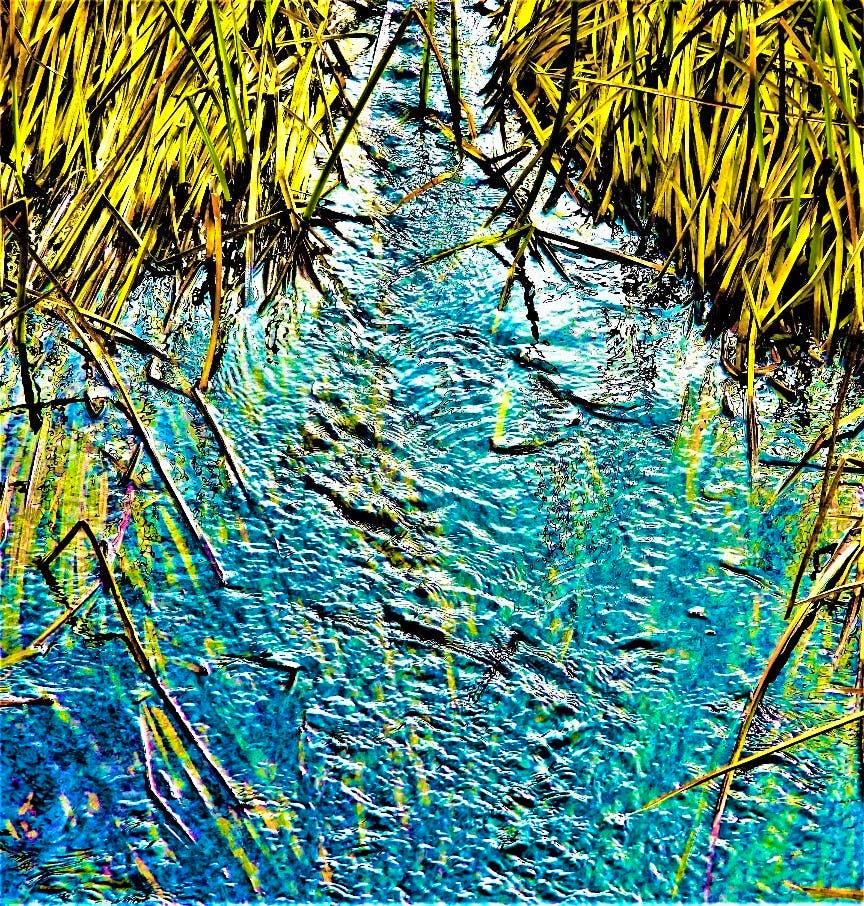

Located just south of Helendale, California, the reserve is a little piece of Americana at its best and you might recognize this locale from the phrase “getting your kicks on Route 66” since the historic highways runs just east of the Mojave River here. It is located just downstream from the former Silver Cliffs Ranch once owned by Hollywood icon Roy Rogers. The “King of the Cowboys” and Dale Evans, the “Queen of the West,” who, along with their storied horse Trigger, once explored its riverine meanders.


Tucked downslope from Bryman Bluffs—a series of sandstone palisade cliffs and winding arroyos—lies a lush gallery forest of old-growth Fremont cottonwood and Gooding’s black willow. This prime example of one of our nation’s rarest plant communities surround an incredible mosaic of cattail marshes, flowing channels and serene pools. While the supporting Mojave River’s waters are heavily over-drafted for upstream city, residential and agricultural use, the property’s topography and relative remoteness has enabled these wetlands to develop fully—with a little help from an uncommon desert critter, the North American beaver.




In 2019, the 1,647-acre Palisades Ranch Ecological Reserve was acquired and permanently conserved by the Mojave Desert Land Trust (MDLT), working in collaboration with the Western Rivers Conservancy, the California Wildlife Conservation Board, California Department of Fish and Wildlife and the U. S. Fish and Wildlife Service. Defenders of Wildlife had long advocated for just such a protective ownership of this natural area, suggesting various means of management to counter proposals for timeshare developments and golf courses.
In setting the stage for appropriate future public access and use of this wetland oasis, MDLT and Defenders joined to lead an eager band of about 25 adventurers on a nature hike through the reserve earlier this year.




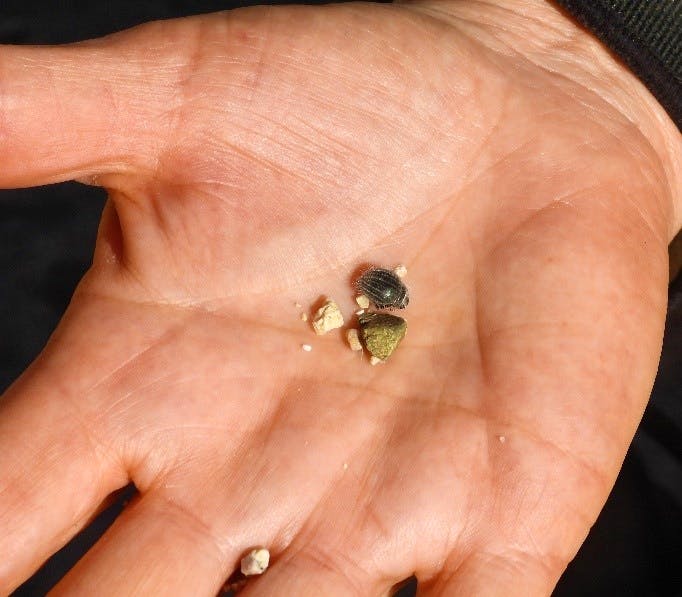

After discussing the national importance of these wetlands and surrounding lands sandwiched between designated critical habitat for the threatened Agassiz’s desert tortoise and Areas of Critical Environmental Concern within the California Desert Conservation Area, we made our way up a few arroyos. As the early morning sun uncovered signs of wildlife, many of us marveled at snow white patches on the ground – regurgitated barn owl pellets containing bones of unlucky small mammals nabbed over many years. Others discovered tiny mysteries like the hairy darkling beetle emerging from the tributary wash sands and gravels to greet the spring.
Everyone was thrilled to discover the amazing diversity of wildlife which are dependent upon the nearby Palisades wetlands. We marveled at native bees and their hives, cliff swallows with their mud abodes, little bear scarab beetles (this is the California Bear Republic after all!) amidst the Fremont cottonwood leaves, raccoon tracks, American kestrels and spooked barn owls. We also talked about some species we weren’t lucky enough to see: turkey vultures that rely on this riverine reach to rest during spring and fall migration to Mexico, Canada geese that raise their young here and the threatened Swainson’s hawk that uses the reserve as a migration pitstop on its way to and from Argentina. We also missed seeing raucous red-winged blackbirds, their cousins Brewer’s blackbirds and the threatened tricolored blackbird, which all rely on the reserve’s cattail marshes to roost at night.
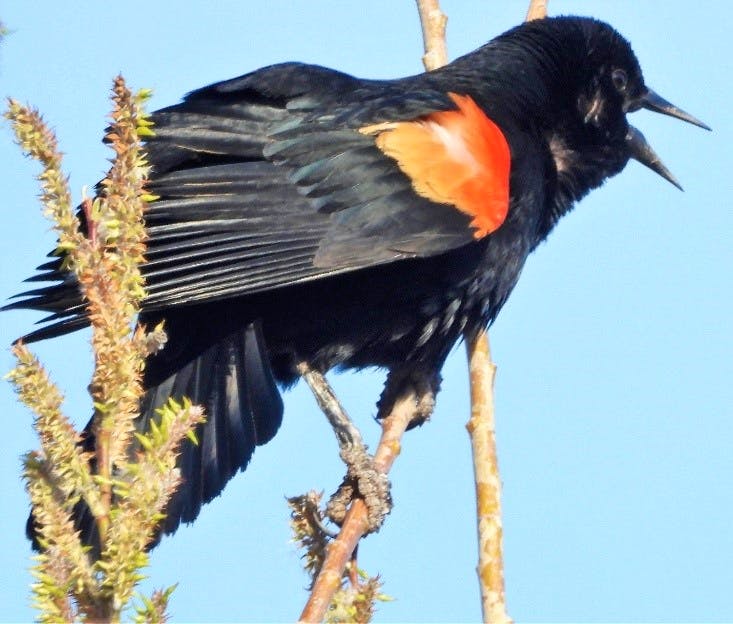


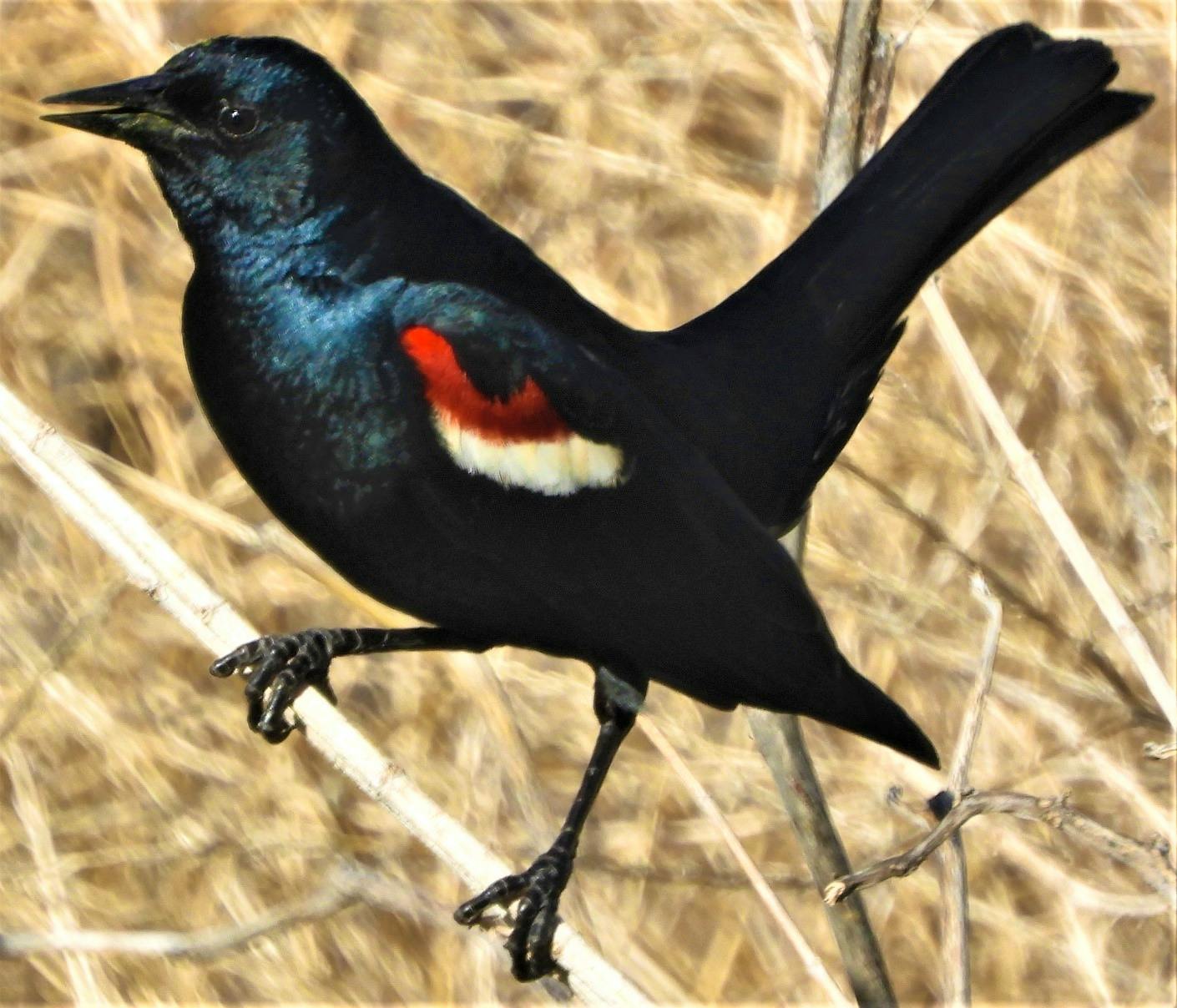
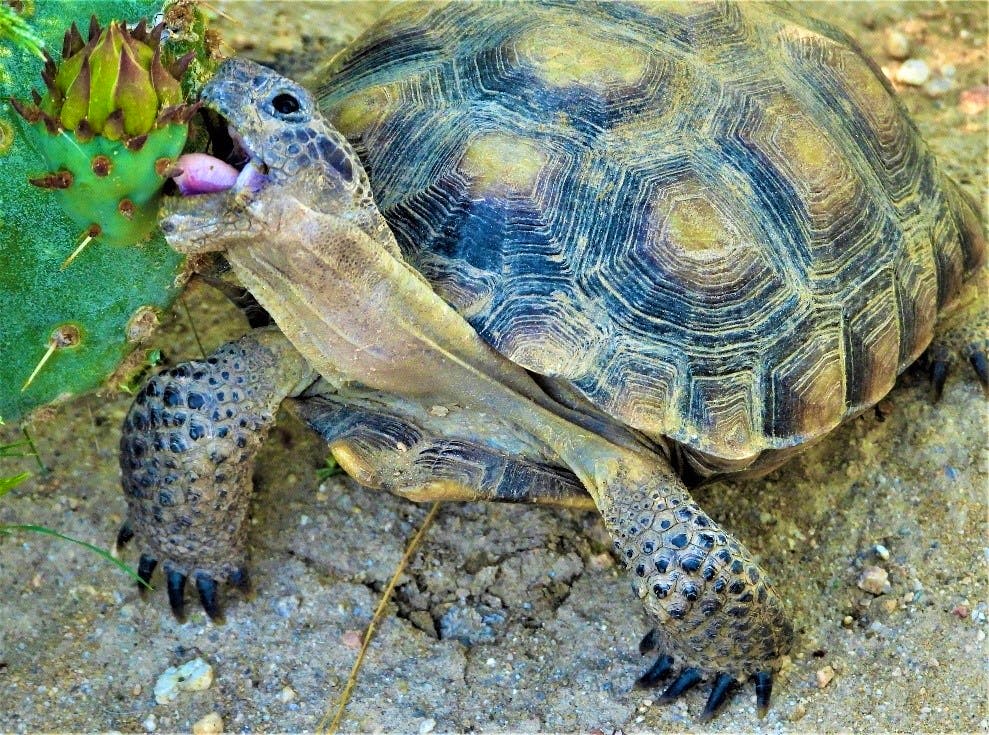


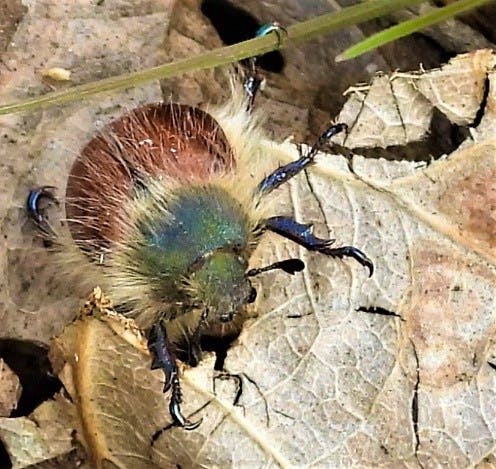




From these supporting tributary slot canyons, our group traveled to the big top of the show – the reserve’s eastern edge, where North American beaver recently “rewilded” the area into wetlands.
While daunted by the challenge of wading through shallow wetlands, trudging across half-frozen beaver dams and cross a washed-out bridge over the roaring Mojave River, we persevered. The wetland pool views at the end of the rewilded road we witnessed made the hiking challenges to get there worth every minute.



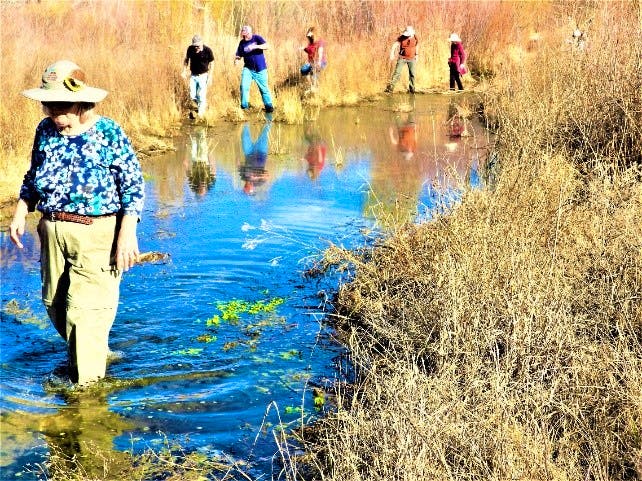


Wrapping up the day, we discussed the many threats facing this specific wetland and many other wetlands nationwide. These threats include excessive upstream water use and diversions, illegal off-road vehicle play activities, wildfire and earth moving machinery use in flood control activities. These initial impacts primes conditions for non-native plants to take over. The non-native plant saltcedar deposited by railroad workers to control sand previously formed a dense monoculture both upstream and downstream from Palisades and has been extensively culled in years past. However, it has largely been replaced with a monoculture of similarly invasive perennial pepperweed. Invasive plants form monocultures that displace native plants, impacting wildlife, impeding water flow and creating wildfire hazards.



Our troop ended the day a little tuckered out - with wet socks and pants - celebrating American wetlands and with the entire troop encouraging appropriate public use of the reserve. MDLT aims to develop a long-term management plan for the area that includes restoring native plant communities and wildlife habitats on the property and creating public access for High Desert residents to connect with nature and experience a truly wild portion of the Mojave River.


Defenders salutes MDLT in their upcoming efforts to protect Palisades Ranch Ecological Reserve and celebrates the dedication of this magical wetland during American Wetlands Month.





